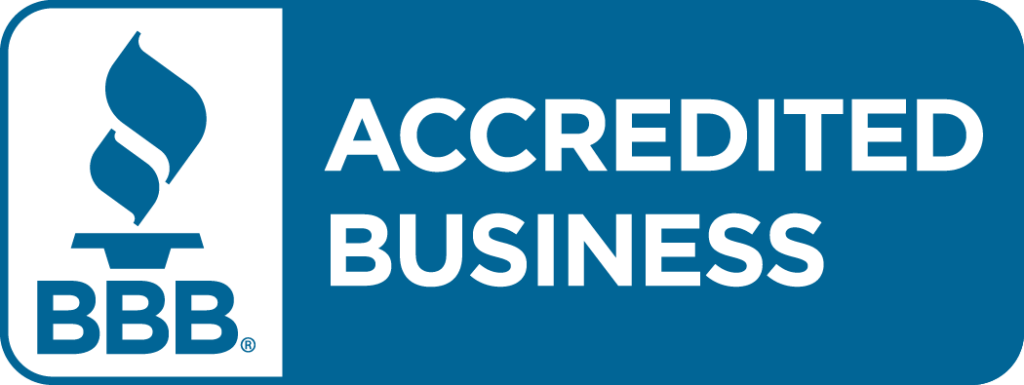You’re sitting at your desk one day, looking through a stack of reports, when you see it. You stop. Your eyes widen. It’s an overview of your advertising spend, and your cost-per-lead has tripled!
What happened?
You have to answer the question now. Frantically you get on the phone with your different advertising and media reps and pull in your digital-savvy recruiters. You’re worried, and understandably so. If your cost-per-lead is rising, your cost-per-hire is bound to rise as well. And that could become a real problem.
Blog: The Driver Shortage: Building a Budget that Meets Your Driver Recruiting Needs
Calm down. You don’t have to go into survival mode. In fact, there is a process for figuring out why your overall cost-per-lead may be rising.
[hr style=”3″ margin=”40px 0px 40px 0px”]
1. Divide up your cost-per-lead by channel.
The first thing you have to do is figure out how much you’re spending per channel and how many leads your recruiting spend is producing. This will help you determine what is causing your cost-per-lead to rise and how you can fix it.
It’s worth noting, you should be doing this every month, regardless of whether things are going good or bad. You need to know how different channels are performing and which are your best lead sources. From there, you can shift your budget to optimize your spend and experiment with your different efforts.
For instance, experiment with increasing your print or event spend. This can help boost your brand awareness, generate some great leads and hires, and even boost your overall campaign performance.
You may find a surprising outcome.
[hr style=”3″ margin=”40px 0px 40px 0px”]
2. Identify specific problem channels.
Once you have determined how much you’re spending, where you’re spending it, and where the most leads are coming from, you can identify specific problem channels. These are the different channels where your recruiting ROI is low. You may need to make some changes here.
Do this with everything, both online and off.
Your offline channels can have an effect on your overall cost-per-lead. For instance, this month you may have increased your budget for print, direct mail, signage, or events. If you’re using tracking URLs and phone numbers, you should be able to determine how many drivers are applying from these ads.
Blog: Can you afford to miss out on driver recruiting events?
Unfortunately, because many offline channels are a fixed price without real-time adjustments, there isn’t a lot you can do for the month. You’ll need to be patient and wait for the final tally to come in.
Your digital recruiting is a little different.
With digital channels, like SEM, display advertising, Facebook ads, digital radio, etc., things are happening in real time. Changes happen fast, and you need to be prepared to deal with them.
You may be paying more for cost-per-lead, but you can make changes to build a more efficient spend.
[hr style=”3″ margin=”40px 0px 40px 0px”]
3. Make changes to optimize your spend and strategy.
Now that you know where your specific problems are, you need to make some changes. These can look a few different ways, and you’ll need to look at every campaign on a case-by-case basis. Let’s look a little deeper into how you can optimize your CPL.
Digital Recruiting Channels
There are a number of reasons why your digital recruiting channels might be inflating your CPL. Two common issues are more competition for keywords and receiving more impressions but fewer clicks. You may also have used creative for too long, causing people to get used to seeing your ad and scrolling on by.
Blog: Which truck driver lead do you really need?
Fortunately, there are a few ways you can optimize your costs.
- You may need to simply update your creative. If your ad has been running for a few months, you might try to do an easy, quick refresh. Changing up the copy or the image can help catch drivers’ attention.
- Check your targeting. The smaller, more specific your audience, the more you’re going to pay to deliver ads to these drivers. This can be tricky though. While broadening your reach can help drive down costs, you may not be getting as qualified applications. This might drive up your overall cost-per-hire. Make sure you’re targeting the right audience you need to hire, even if you are paying a little more.
- If you’re paying on a cost-per-thousand-impressions basis (or CPM), make sure you’re reaching the right audience. Since you’re paying for impressions, you want to ensure the people seeing your ad are the drivers most likely to apply for your jobs. You may need to get more specific. Try working with media partners to improve your ad targeting.
- Are people aware of your brand? This may not seem like an important part of your strategy, but it is critical. If people don’t know about your fleet, they aren’t going to apply for your jobs. Try experimenting with brand awareness efforts. This will often lead to an increase in clicks and applications.
It’s easy to freak out because you’ve seen your cost-per-hire spike. It’s much harder to stay analytical and composed. Yet, it’s critical that you dig into your reports and numbers before you make any massive strategy changes. Instead, stay calm and collected, identify your problem areas, and make changes.




